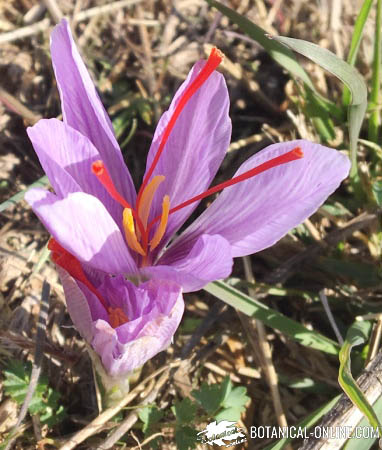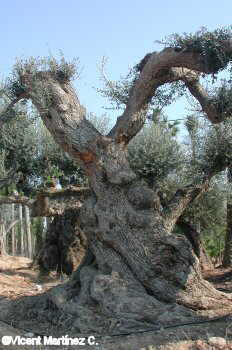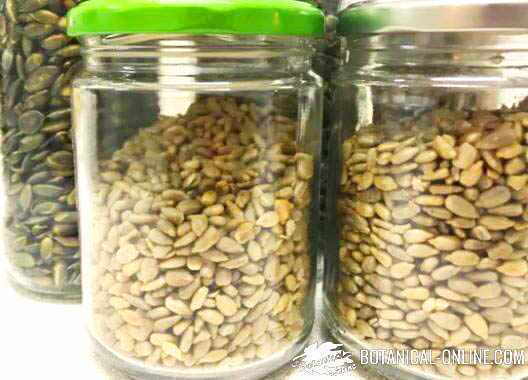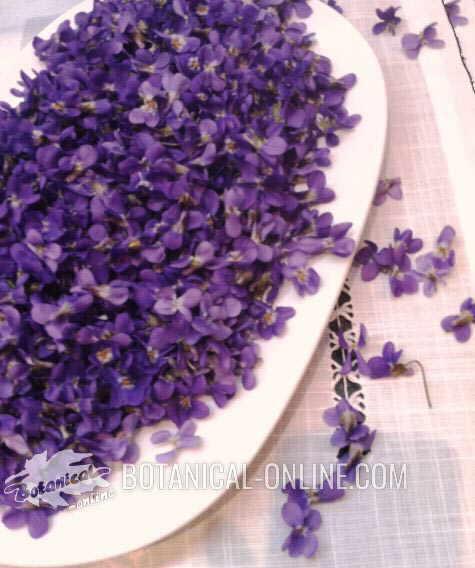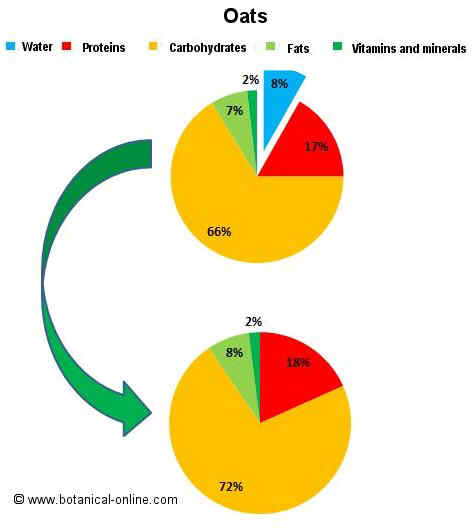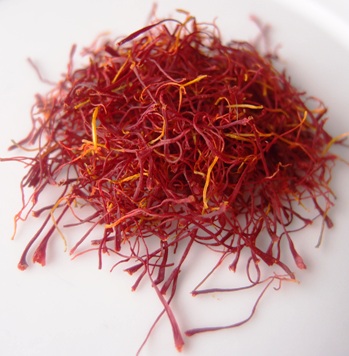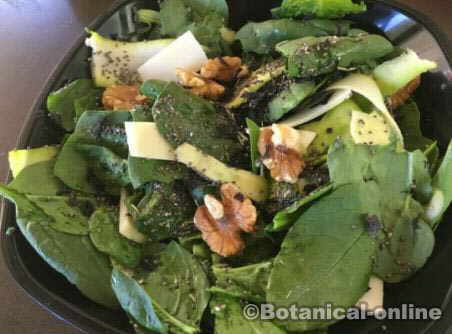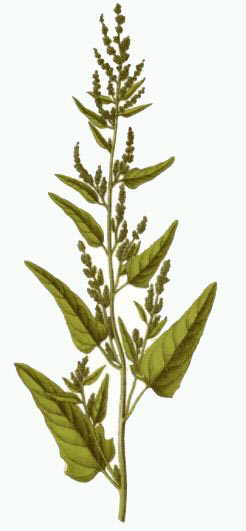Contents
What is a chestnut tree?
Characteristics of chestnut tree
Common English name: Chestnut tree, Sweet Chestnut, Marron
Scientific name: Castanea sativa Mill (Fagus castanea L. / Castanea vesca Gaertner)
Family: Fagaceae
Habitat: It has been said that sweet chestnut or European chestnut is a tree that comes from Asia Minor. From this place it was introduced by the Romans in many Mediterranean countries because its fruit were used to produce bread to feed his troops and to provide fodder for their horses.
This has explained why it has spread and naturalized in many regions of Mediterranean Europe and in many parts of England, France and Central Europe.
However, more recent studies point to the likelihood that its area of origin could be much broader, since there has been found fossilized remains in the Iberian Peninsula from more than 2500 years old.
It is also cultivated in Azores, Madeira and the Canary Islands, Algeria and Morocco.
Features / Description of chestnut tree:
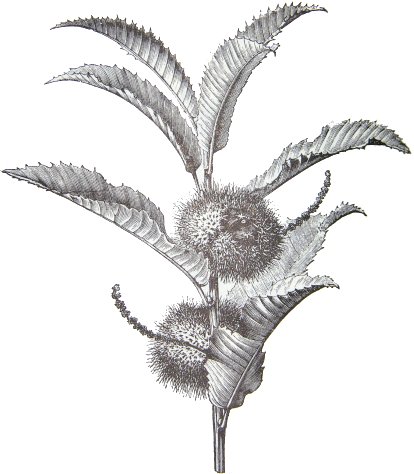 Drawing of leaves, flowers and fruits
Drawing of leaves, flowers and fruits
Deciduous tree that can reach 35 m. high.
Trunks thick grayish with brown bark having many fissures forming spiral designs.
Leaves oblong-lanceolate, up to 25 cm long, pointed and serrated. Flowers in erect catkins, not pendulous like most Fagaceae.
The male flowers are located at the top of the cones with a large number of stamens with a yellow color and unpleasant smell. Female flowers green, located at the bottom.
Fruits (chestnuts) are clustered in groups of 1-3 in domes covered with thorns. It flowers in July and the fruit is collected in October.
Traditional uses of chestnut tree
Chestnut tree has been used traditionally to treat diarrhea and cough. In external use for wound healing
![]() More information on chestnut tree.
More information on chestnut tree.

